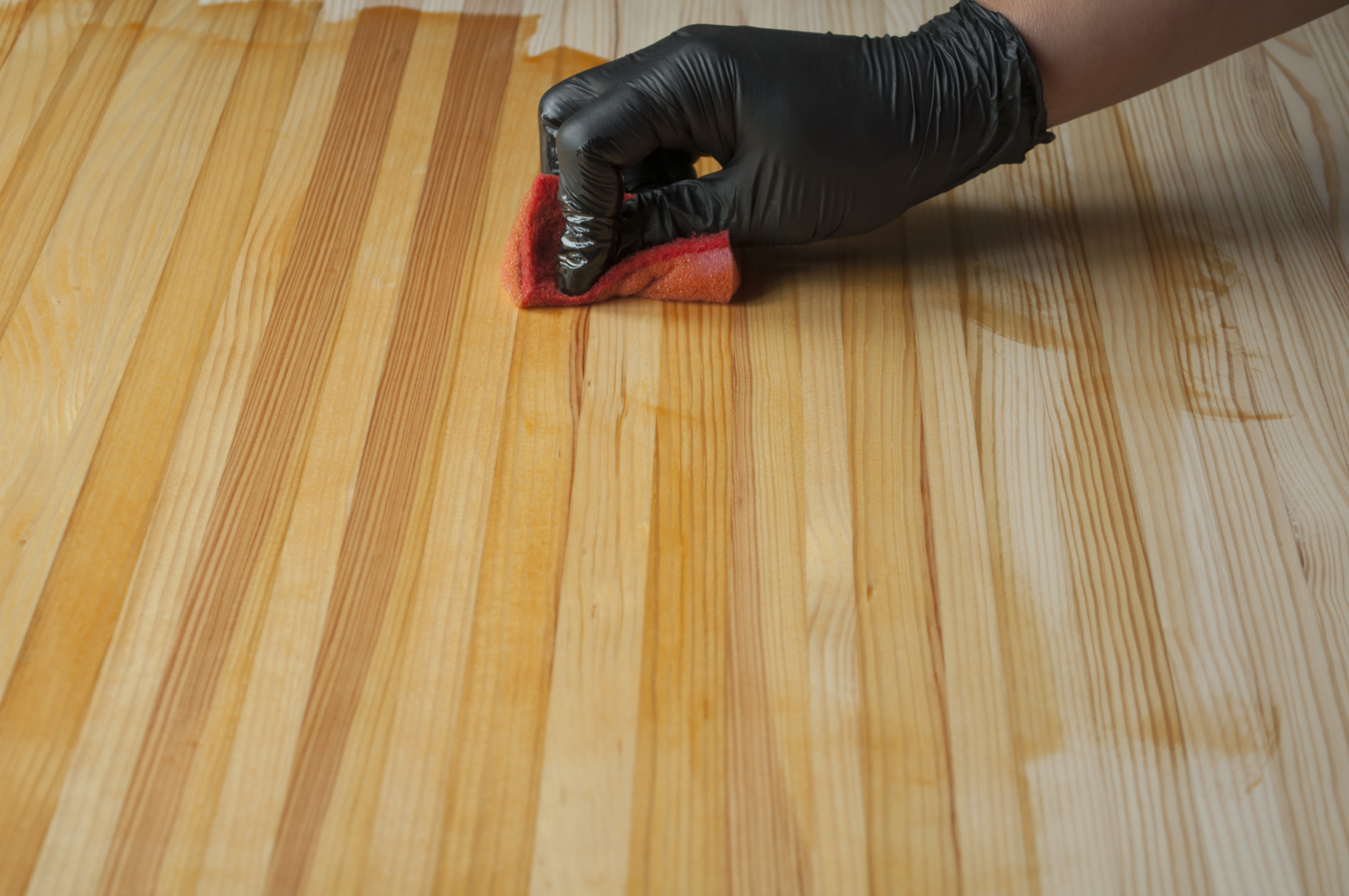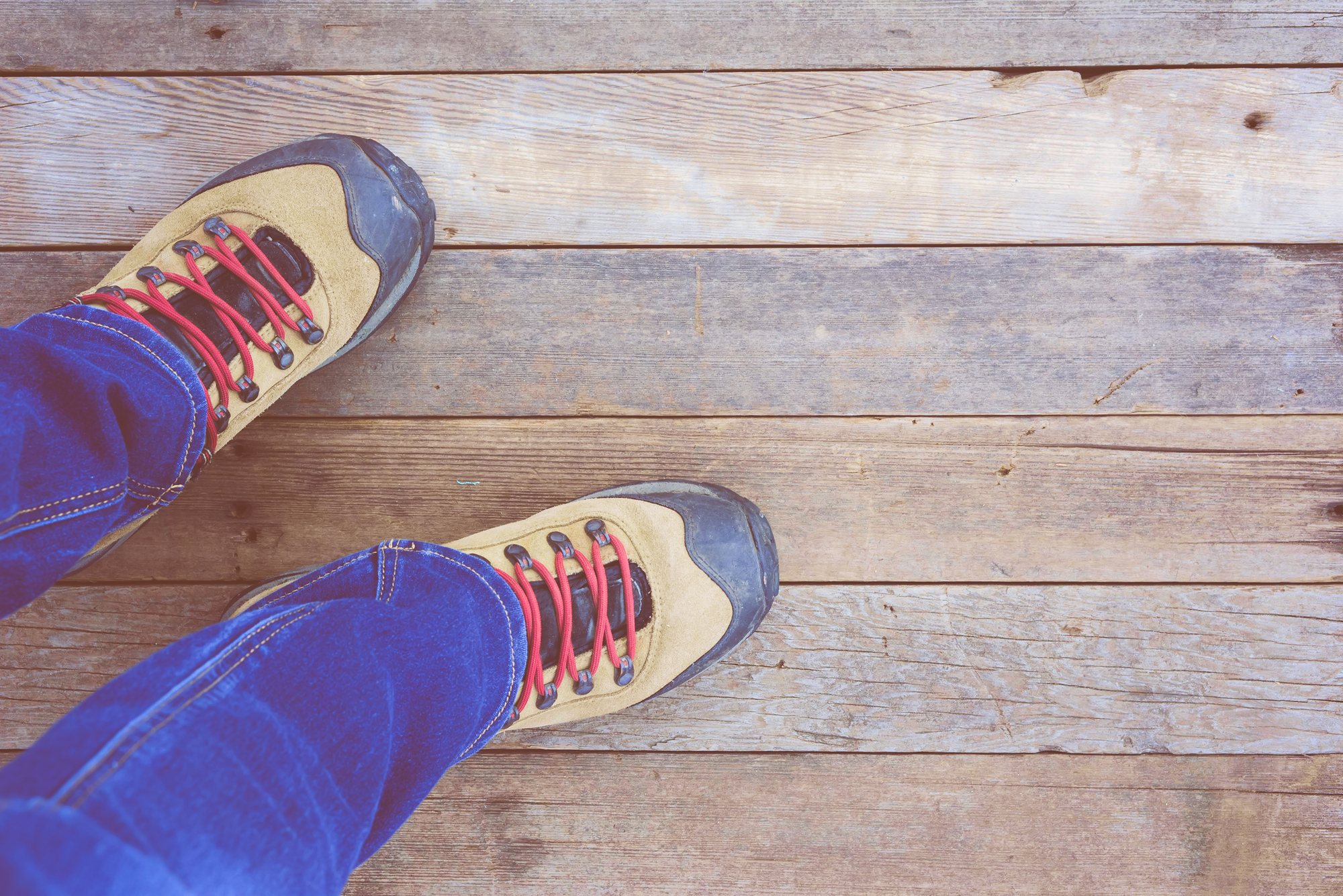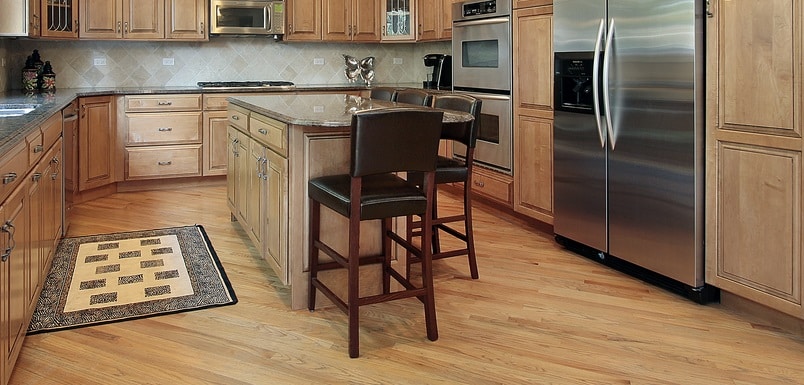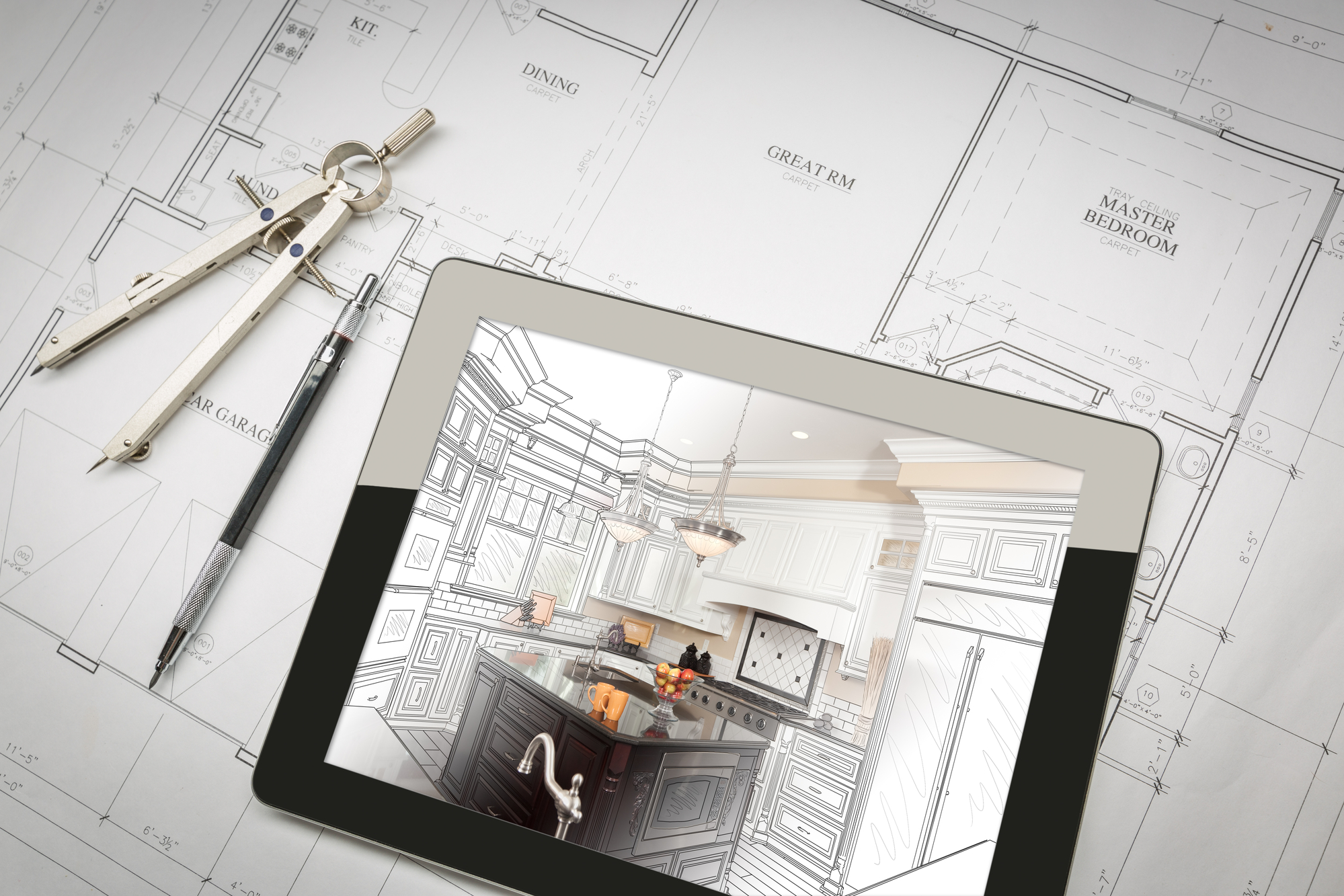Transform Your Home with Waterproof Vinyl Flooring August 26, 2024· by helium_seo Hardwood flooring has long been a favorite choice for homeowners
Read More →Enhance Your Flooring with Quality Carpet Padding
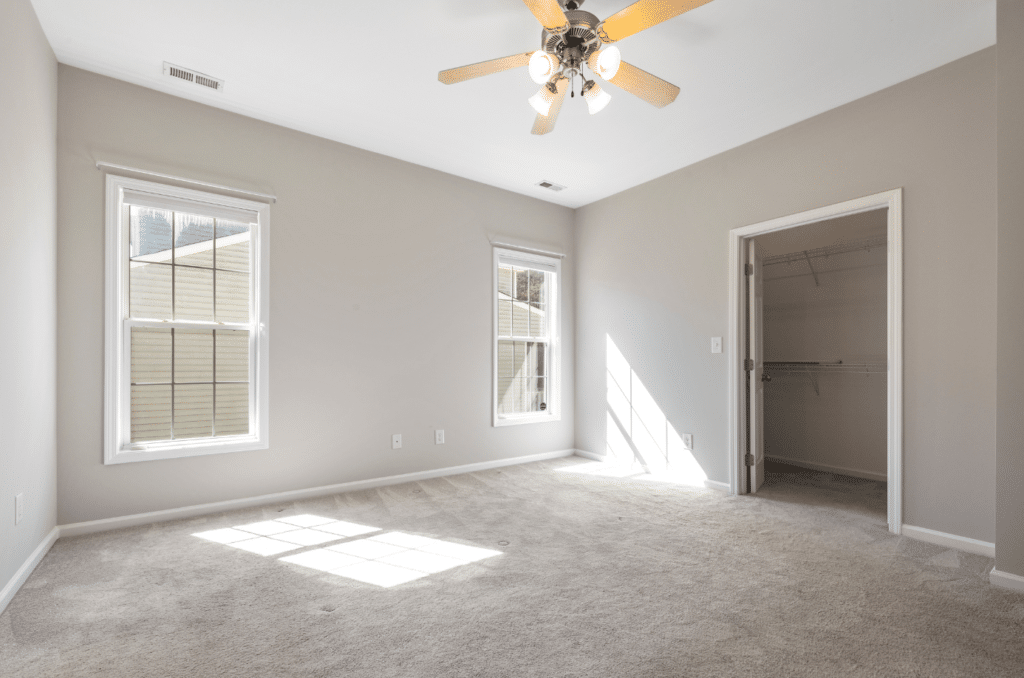
Choosing the perfect carpet is a great start, but a hidden hero underneath truly makes a difference – carpet padding. Often overlooked, the right padding feels amazing and protects your investment, makes your rooms warmer, and creates a quieter home.
In the coming sections, we will dive into all things carpet padding, ensuring you choose the best type to upgrade your flooring experience.
What is Carpet Padding?
Carpet padding, or carpet cushions, is the cushioning layer installed between your subfloor and carpet. It provides support, extends the lifespan of your carpet by absorbing impact, and offers benefits like added comfort, thermal insulation, and sound dampening. Choosing the right carpet padding significantly affects how your carpet feels and performs.
Benefits of high-density carpet padding include:
- Extends carpet life by absorbing impact and reducing friction.
- Increases comfort by providing a soft surface, often made from memory foam.
- Improves thermal insulation, reducing energy costs.
- Reduces noise transmission for a quieter living space.
For more information, see our guide on carpet flooring.
Types of Carpet Padding
There are several types of carpet padding available, each with its own advantages and disadvantages:
- Foam Padding
- Made from polyurethane foam.
- Offers excellent support and comfort.
- Suitable for most carpet types and traffic levels.
- Available in various densities and thicknesses.
- Rubber Padding
- Made from synthetic or natural rubber.
- Provides excellent durability and resilience.
- Ideal for high-traffic areas and commercial spaces.
- May have a higher cost compared to other types.
- Fiber Padding
- Made from recycled textile fibers.
- Eco-friendly and sustainable option.
- Offers good insulation and noise reduction.
- May compress more quickly than other types.
Prime padding is made from new, unused materials, while rebond padding is made from recycled foam pieces bonded together. Prime padding offers better durability and performance but comes at a higher cost. Rebond padding is a more affordable option that provides adequate support for most residential applications.
Importance of Quality Carpet Padding
Investing in high-quality carpet padding is essential for several reasons:
- Enhanced Comfort: Quality padding, whether made from foam, rubber, or synthetic fiber, provides a luxurious, cushioned feel underfoot, making your home more comfortable and inviting.
- Improved Durability: High-quality padding absorbs impact and reduces friction, protecting your carpet from wear and tear and extending its lifespan.
- Better Insulation: Quality padding offers superior thermal insulation, helping to maintain a comfortable temperature in your home and potentially reducing energy costs.
- Avoid Potential Issues: Low-quality or incorrect padding can lead to problems such as carpet wrinkling, premature wear, and decreased comfort.
Factors to Consider When Choosing Carpet Padding
Selecting the right carpet padding is a crucial decision that can impact the performance and longevity of your flooring.
When choosing carpet padding, there are several key factors to keep in mind:
- Thickness and Density: Thicker, denser padding offers better support and durability but may be more expensive. Consider your carpet type and traffic level when selecting the appropriate thickness and density.
- Carpet Type and Pile Height: Different carpet types and pile heights require specific padding characteristics. Consult with a flooring professional to choose the best padding for your carpet.
- Room Traffic and Intended Use: High-traffic areas like hallways and living rooms require more durable padding, while bedrooms and low-traffic spaces can use thinner, less dense options.
- Subfloor Type: The type of subfloor in your home (hardwood floors, vinyl flooring, laminate flooring, etc.) may influence your padding choice. Some padding materials are better suited for specific subfloors.
Maintenance and Care
Proper maintenance and care are essential for extending the life of your carpet padding and carpet. Regular upkeep helps keep your flooring looking its best and promotes a healthier indoor environment.
Follow these tips:
- Vacuum Regularly: Vacuuming is the most important step in maintaining your carpet and padding. Use a high-quality vacuum cleaner with strong suction to remove dirt, dust, and debris that can accumulate in the fibers and padding. Aim to vacuum high-traffic areas at least twice a week and less-frequented spaces once a week.
- Address Spills and Stains Promptly: When accidents happen, it’s crucial to act quickly to prevent spills and stains from penetrating the carpet fibers and reaching the padding. Blot the area with a clean, white cloth or paper towel, working from outside the stain toward the center to avoid spreading. Use a carpet cleaner designed for your specific type, following the manufacturer’s instructions.
- Use Doormats and Area Rugs: Place doormats at all entrances and high-traffic areas to capture dirt, dust, and moisture before they can be tracked onto your carpet. Area rugs can provide additional protection in heavily used spaces, reducing wear and tear on the carpet and padding.
- Consider Professional Cleaning: While regular vacuuming and spot cleaning are essential, it’s also important to have your carpet and padding professionally cleaned every 12-18 months. Professional cleaning uses specialized equipment and solutions to clean the fibers deep and remove embedded dirt, allergens, and odors.
Remember, a little regular maintenance goes a long way in protecting your flooring investment.
Get Industry Insight from High Performance Home
For the latest news and insights on groundbreaking home technologies, the High Performance Home blog is your go-to resource. We have blogs on anything you could need, from upgrading your home with Berber carpet to finding high-quality hypoallergenic carpet. Our team of knowledgeable professionals explores the ever-evolving home industry to deliver an in-depth analysis of the innovations reshaping how we live.
Visit our blog today to stay informed on cutting-edge home design trends. Plus, discover our mission to connect stakeholders in the home industry, driving performance and development.
Ready for more? Read our ultimate flooring guide.
Frequently Asked Questions
How often should carpet padding be replaced?
Carpet padding should be replaced whenever you install new carpet, as the padding is designed to last only as long as the carpet itself. On average, carpet and padding should be replaced every 5-10 years, depending on the quality and level of wear and tear.
Can carpet padding be reused when replacing the carpet?
Reusing old carpet padding is not recommended when installing new carpet. Over time, padding can deteriorate, lose its cushioning properties, and harbor dirt, allergens, and odors. Using new padding with your new rug ensures optimal performance and longevity.
What is the best carpet padding for high-traffic areas?
For high-traffic areas like hallways, living rooms, and entryways, choosing a dense, durable padding material such as high-density foam or rubber is best. These materials offer excellent support and resilience, helping to protect your carpet from wear and tear in heavy-use areas.
Discover High-End Luxury Vinyl Tile Flooring August 26, 2024· by helium_seo When you step into a home with solid hardwood floors, you
Read More →Transforming Your Home with Laminate Flooring August 26, 2024· by helium_seo Engineered hardwood has become increasingly popular among homeowners and contractors alike,
Read More →Incorporating Garage Tile Flooring in Your Home August 26, 2024· by helium_seo Is your home flooring ready for an upgrade? Elevating your
Read More →
